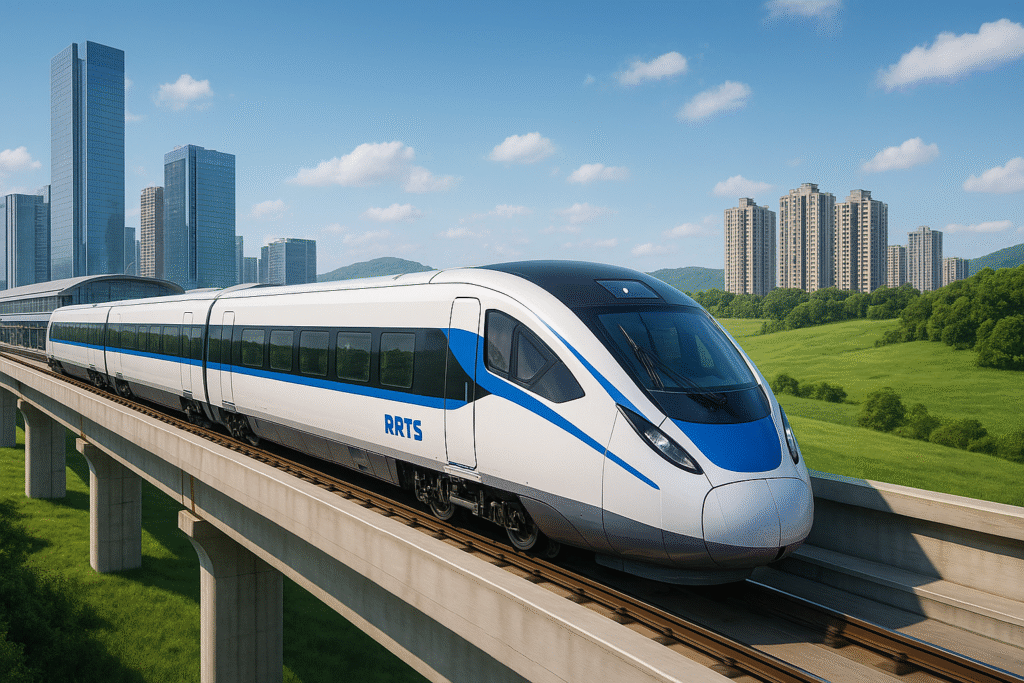In a major step towards transforming intercity connectivity in Karnataka, a proposed Rapid Rail Transit System (RRTS) between Bengaluru–Mysuru Rapid Rail is set to reduce travel time from nearly three hours to under 70 minutes, according to a recent report by News18.

The ambitious high-speed corridor, modeled after the upcoming Namo Bharat RRTS in Delhi-NCR, is being locally spearheaded by the Bangalore Commuter Rail Corporation Ltd. (BCRCL), with technical support from the National Capital Region Transport Corporation (NCRTC). Trains on this corridor could achieve speeds of up to 200 km/h, ensuring fast, frequent, and reliable travel for both daily commuters and long-distance passengers.
Also Read: MCD to Outsource Maintenance of Large Parks, Starting with Karol Bagh Zone
A pre-feasibility study has been completed, and work is currently underway on a Detailed Project Report (DPR). The plan considers a hybrid alignment—combining elevated tracks with upgraded existing railway lines. The estimated cost ranges from ₹25,000 to ₹30,000 crore, depending on land acquisition complexities and alignment options.
The Bengaluru–Mysuru corridor is seen as a strategic route due to its rapid urban growth, economic significance, and high passenger demand. Intermediate towns like Ramanagara and Mandya are expected to see real estate development and enhanced business opportunities. The system also promises to reduce vehicular load on highways, contributing to environmental sustainability and traffic decongestion.
Despite its promise, the project faces key implementation challenges, including land acquisition across multiple districts, inter-agency coordination, and ensuring high daily ridership at a feasible fare. Experts have emphasized that the success of the RRTS hinges on dedicated, grade-separated tracks to avoid delays seen on shared rail corridors.
If executed effectively, this high-speed rail could revolutionize urban and regional mobility in Karnataka, making daily office commutes, weekend travel, and even residential choices between the two cities more flexible and efficient.
Also Read: Sheesh Mahal’s Glory Restored: A Mughal Gem Reopens in Shalimar Bagh
